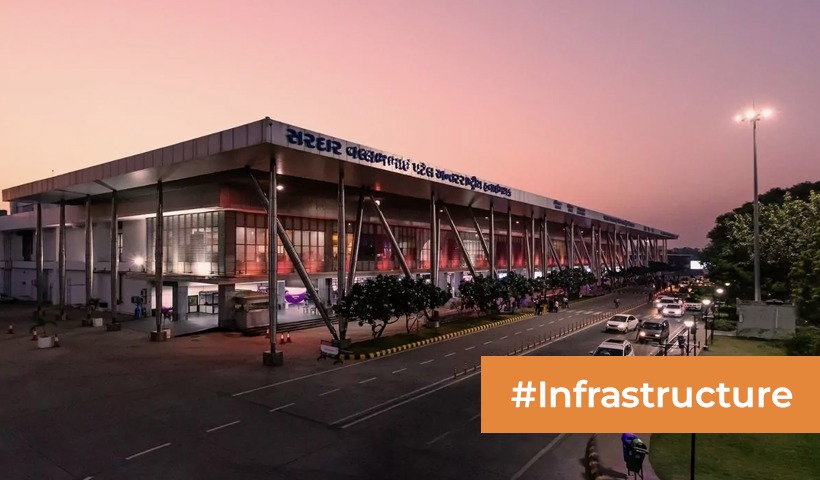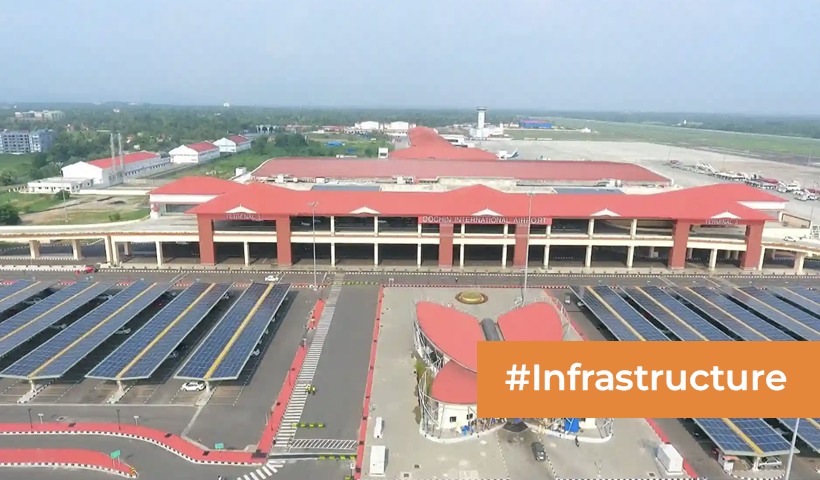Bhubaneswar Airport: Navigating the Gateway to Odisha’s Capital City
Bhubaneswar, the capital city of Odisha, is a cultural and economic hub that has witnessed significant growth in recent years. At the heart of this transformation lies Bhubaneswar Airport, a crucial transportation hub connecting the state with the rest of the country and the world. In this comprehensive article, we will explore the various facets of Bhubaneswar Airport, its history, recent developments, and its role in shaping the connectivity and economic landscape of Odisha.
Historical Evolution:
Bhubaneswar Airport, officially known as Biju Patnaik International Airport, has a rich history dating back to its establishment in 1962. Named after the legendary Biju Patnaik, a statesman and aviator, the airport has played a pivotal role in facilitating air travel to and from Odisha. Over the years, the airport has undergone several expansions and modernizations to meet the growing demands of a burgeoning city and state.
Key Features and Facilities:
- Terminal Infrastructure:The airport boasts a modern and well-equipped terminal designed to handle both domestic and international flights. The terminal’s architecture reflects the cultural heritage of Odisha, providing a welcoming ambiance to passengers.
- Runway and Apron:Bhubaneswar Airport is equipped with a well-maintained runway and apron to facilitate smooth take-offs and landings. Continuous efforts are made to ensure that the airport meets international safety standards, making it a reliable choice for airlines.
- Cargo and Freight Services:Recognizing the importance of cargo operations in facilitating trade and commerce, Bhubaneswar Airport has enhanced its cargo and freight services. This has not only contributed to the economic development of the region but has also positioned the airport as a vital logistics hub.
Connectivity and Routes:
Bhubaneswar Airport’s strategic location has made it a significant player in connecting Odisha to major cities across India and the globe. With domestic flights to key metros like Delhi, Mumbai, Kolkata, and Bangalore, the airport serves as a lifeline for both business and leisure travelers. Additionally, the introduction of international flights has further elevated its status as a gateway to Odisha.
- International Connectivity:Recent developments have seen the introduction of international flights from Bhubaneswar Airport, connecting the state directly to destinations in Southeast Asia and the Middle East. This has opened up new avenues for trade, tourism, and cultural exchange, positioning Bhubaneswar as an emerging international aviation hub.
- Regional Connectivity Scheme (RCS):Bhubaneswar Airport actively participates in the government’s Regional Connectivity Scheme (RCS), also known as UDAN (Ude Desh Ka Aam Nagrik). This initiative aims to enhance air connectivity to underserved and unserved airports, promoting regional development and accessibility.Enhancing Connectivity within Odisha:Bhubaneswar Airport’s commitment to regional connectivity is evident in the introduction of flights to smaller airports within Odisha. This has not only facilitated easier access for residents of these regions but has also spurred economic activities in previously underserved areas.
Infrastructure Upgrades and Modernization:
Bhubaneswar Airport has undergone significant infrastructure upgrades in recent years to keep pace with the growing demands of air travel. These developments include:
- New Terminal Building:The construction of a new terminal building has been a landmark project aimed at enhancing passenger experience and accommodating the increasing footfall. The state-of-the-art facility integrates technology, comfort, and efficiency to meet international standards.
- Air Traffic Control (ATC) Tower:A modern ATC tower has been commissioned to bolster the airport’s operational capabilities. This technology-driven upgrade ensures safe and efficient air traffic management, contributing to the overall safety of flights.
- Lounge Facilities and Amenities:Passenger amenities have been given special attention, with the introduction of lounges, retail spaces, and eateries. These additions enhance the overall travel experience for passengers, making Bhubaneswar Airport not just a transit point but a destination in itself.
Economic Impact and Tourism Boost:
The growth and modernization of Bhubaneswar Airport have had a profound impact on the economic landscape of Odisha. The increased connectivity has attracted investments, facilitated trade, and boosted tourism, making it a catalyst for economic development.
- Tourism Promotion:Bhubaneswar, with its rich cultural and historical heritage, is a significant tourist destination. The improved air connectivity has made it more accessible to domestic and international travelers, resulting in a surge in tourist footfall. The nearby attractions, including Puri, Konark, and the Chilika Lake, have witnessed increased visitation, contributing to the local economy.
- Business and Trade Opportunities:Bhubaneswar Airport’s role in enhancing connectivity has been pivotal in attracting business investments. The airport serves as a convenient entry point for business travelers, fostering trade ties and economic collaborations. Cargo operations have also seen a boost, facilitating the swift movement of goods and contributing to the state’s economic growth.
Environmental Initiatives:
As the aviation industry worldwide grapples with environmental concerns, Bhubaneswar Airport has taken steps to minimize its carbon footprint and promote sustainability.
- Green Initiatives:The airport has implemented various green initiatives, including rainwater harvesting, solar power utilization, and waste management practices. These efforts align with global trends in sustainable aviation and contribute to the overall environmental consciousness of the region.
- Community Engagement:Bhubaneswar Airport actively engages with the local community, raising awareness about environmental conservation and the need for sustainable practices. This collaborative approach ensures that the benefits of aviation development are shared responsibly with the community.
Challenges and Future Outlook:
While Bhubaneswar Airport has achieved significant milestones, it faces certain challenges that require attention for sustainable growth.
- Capacity Management:The increasing passenger traffic necessitates continuous efforts to manage capacity efficiently. Future expansions and upgrades will be crucial to accommodating the growing demand for air travel to and from Odisha.
- Weather-Related Disruptions:Odisha’s tropical climate can sometimes lead to weather-related disruptions. Addressing these challenges requires investments in advanced technologies and infrastructure to ensure operational continuity during adverse weather conditions.
- Collaborative Growth Strategies:Collaboration between the airport authorities, airlines, and the government is key to overcoming challenges and ensuring the sustainable growth of Bhubaneswar Airport. Transparent communication and shared objectives will play a pivotal role in shaping the future of aviation in Odisha.
Conclusion:
Bhubaneswar Airport stands as a testament to the transformative power of aviation in shaping the destiny of a region. From being a regional airport to evolving into an international gateway, it has played a crucial role in connecting Odisha with the world. The airport’s journey reflects not just the technological advancements in aviation but also the spirit of progress and development that defines the state of Odisha.
As Bhubaneswar Airport continues to soar to new heights, it does so with the promise of a brighter and more connected future for the people of Odisha. With a perfect blend of modern infrastructure, sustainable practices, and a commitment to serving the community, Bhubaneswar Airport remains an essential node in the dynamic network of India’s aviation landscape.
Disclaimer: The views expressed above are for informational purposes only based on industry reports and related news stories. PropertyPistol does not guarantee the accuracy, completeness, or reliability of the information and shall not be held responsible for any action taken based on the published information.




